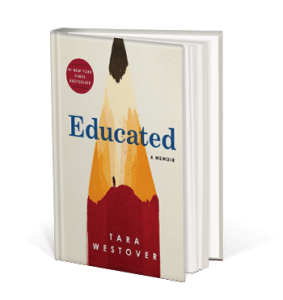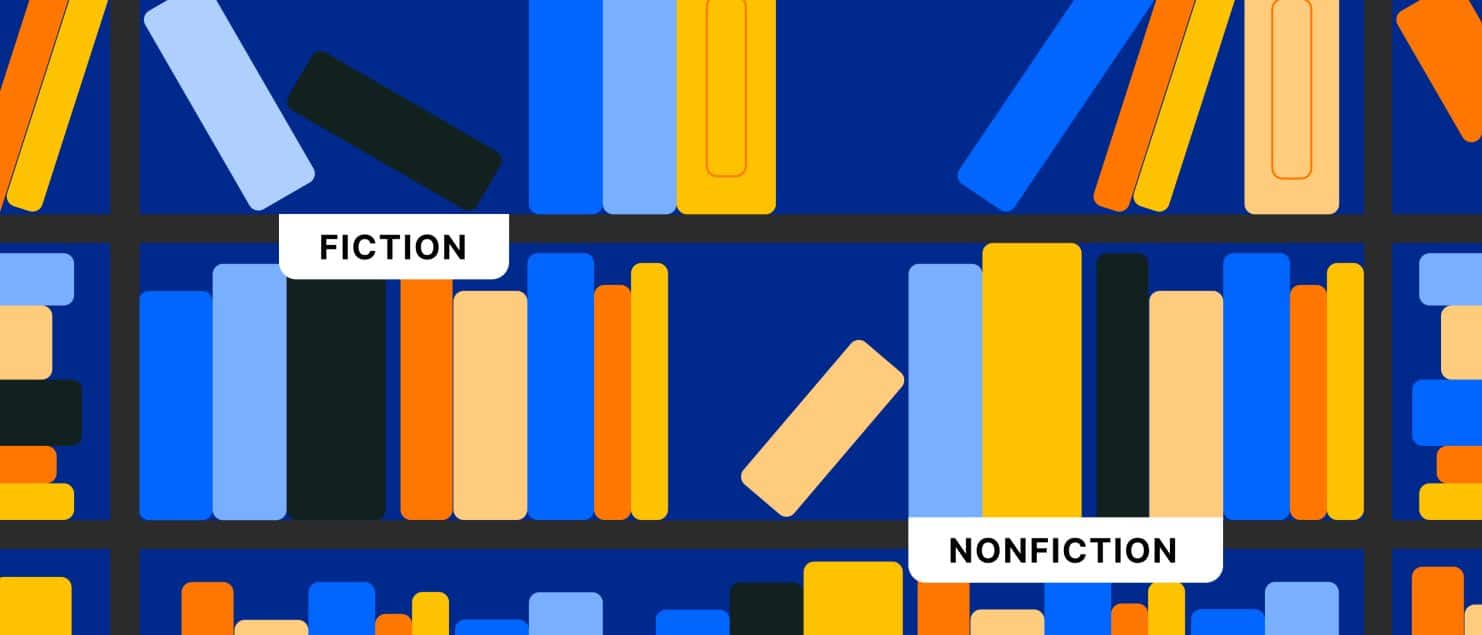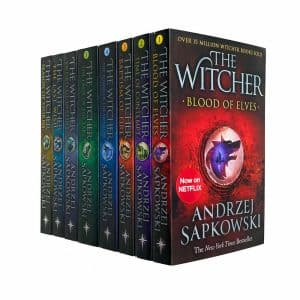Fiction Vs. Nonfiction
I know that talking about the precise definition of fiction and nonfiction is so palpable that I can tell that you’re rolling your eyes at me. But don’t roll them just yet because, believe it or not, many who are just starting to read books still don’t know the difference between fiction and nonfiction. I know because I have met many people who can’t tell them apart. I’m here to explain fiction and nonfiction books in simple terms.
“Writing is writing, and stories are stories. Perhaps the only true genres are fiction and nonfiction. And even there, who can be sure?” by Tanith Lee.
Fiction
Fiction books are those where the characters, plot, and setting come from the author’s imagination. They branch into many categories and genres, including novels, short stories, children’s books, poems, and plays. Sometimes, the author uses an actual setting that he knows and builds up a story and characters from his imagination.
In sci-fi and fantasy novels, for example, everything comes from the author’s imagination, including the setting. Yet what you must know is that the author does extensive research on the topic to make it as believable as possible to the reader. An example of Sci-Fi is The Martian by Andy Weir and the Fantasy The Witcher series by Andrzej Sapkowski.
It’s important to note that when an author writes fiction, there are no bounds to their imagination. They have the freedom to craft any narrative that captivates the reader. This can involve introducing elements of suspense, shifting between past and present in chapters, or even narrating from different character perspectives.
Nonfiction
The most crucial aspect of writing a nonfiction book is honesty. Whether the author is writing an essay, a self-help book, a biography, or a memoir, they must present actual facts and events. This commitment to truth is what distinguishes nonfiction from fiction. Other examples of nonfiction include theory, philosophy, research, history, and academic books.
Even in nonfiction, writers can be creative in their narrative style. Biographies and autobiographies, for instance, are real-life stories that can still captivate the reader. This type of
https://booksandmorejo.com/book-author/sara-badawieh/






